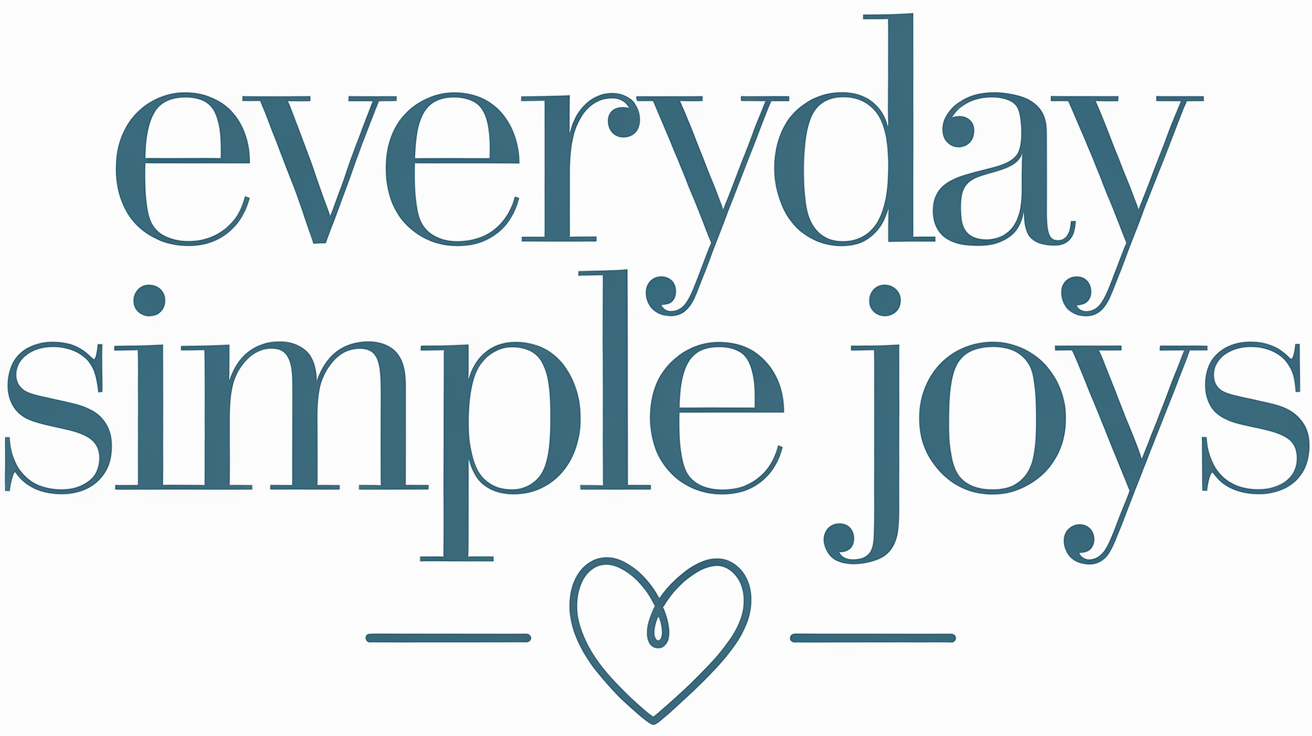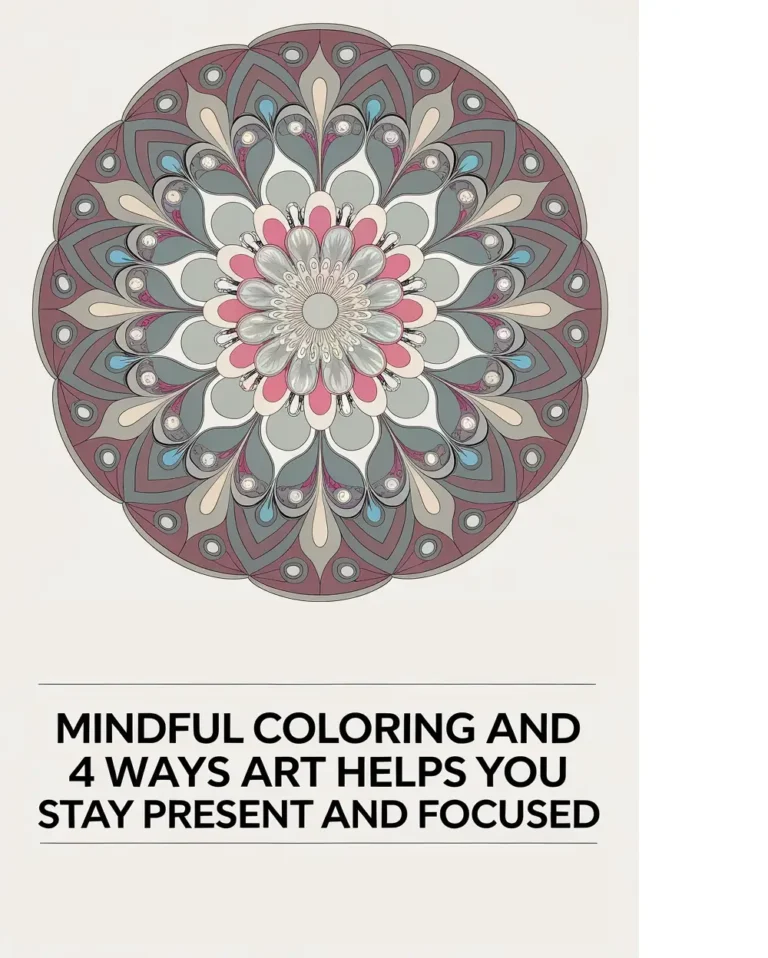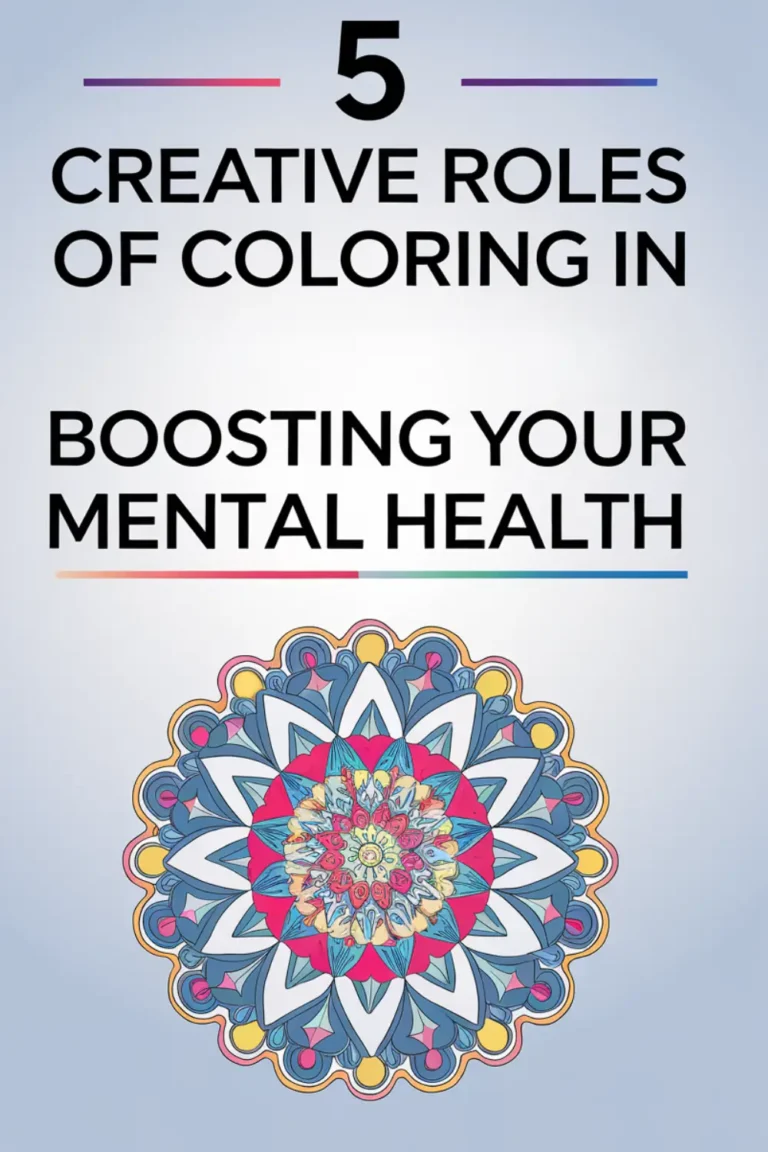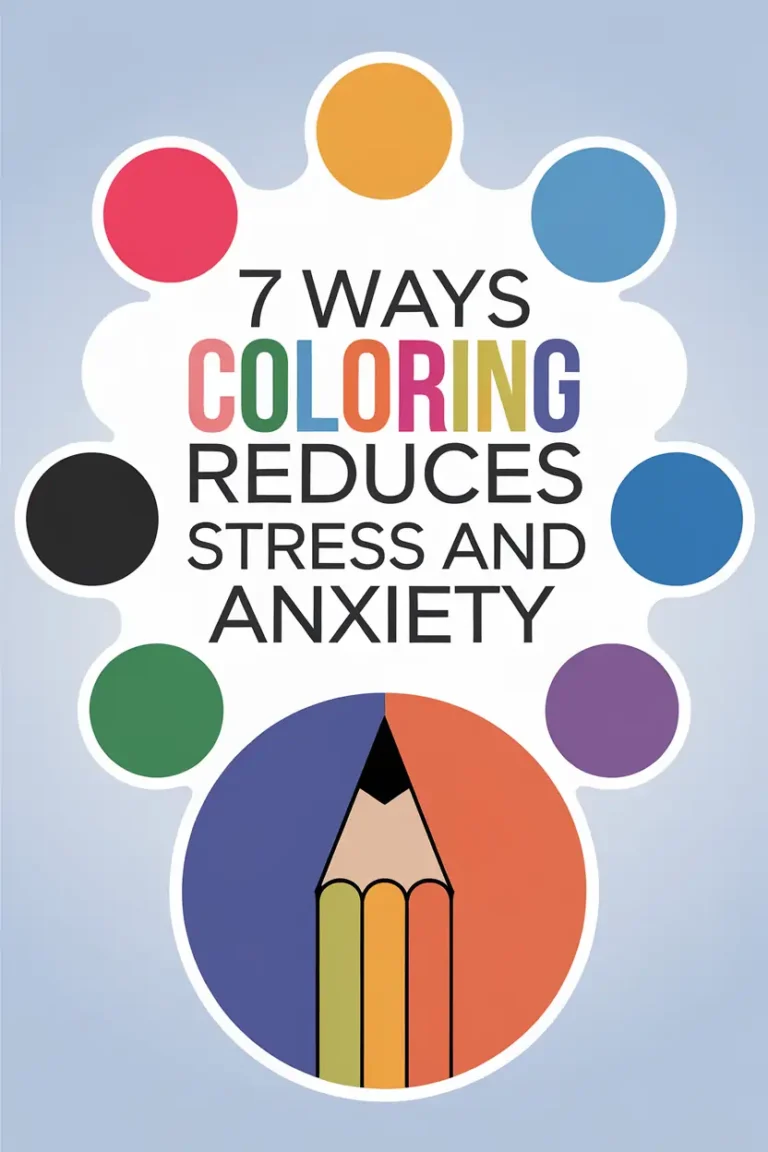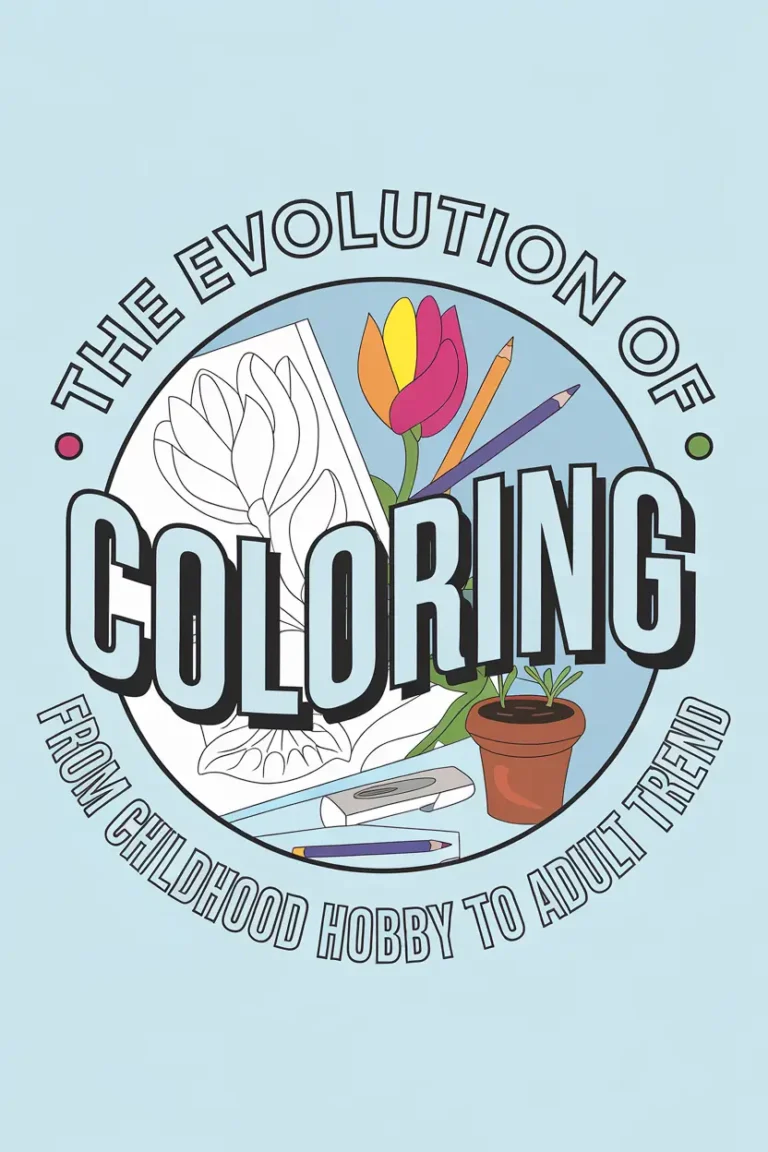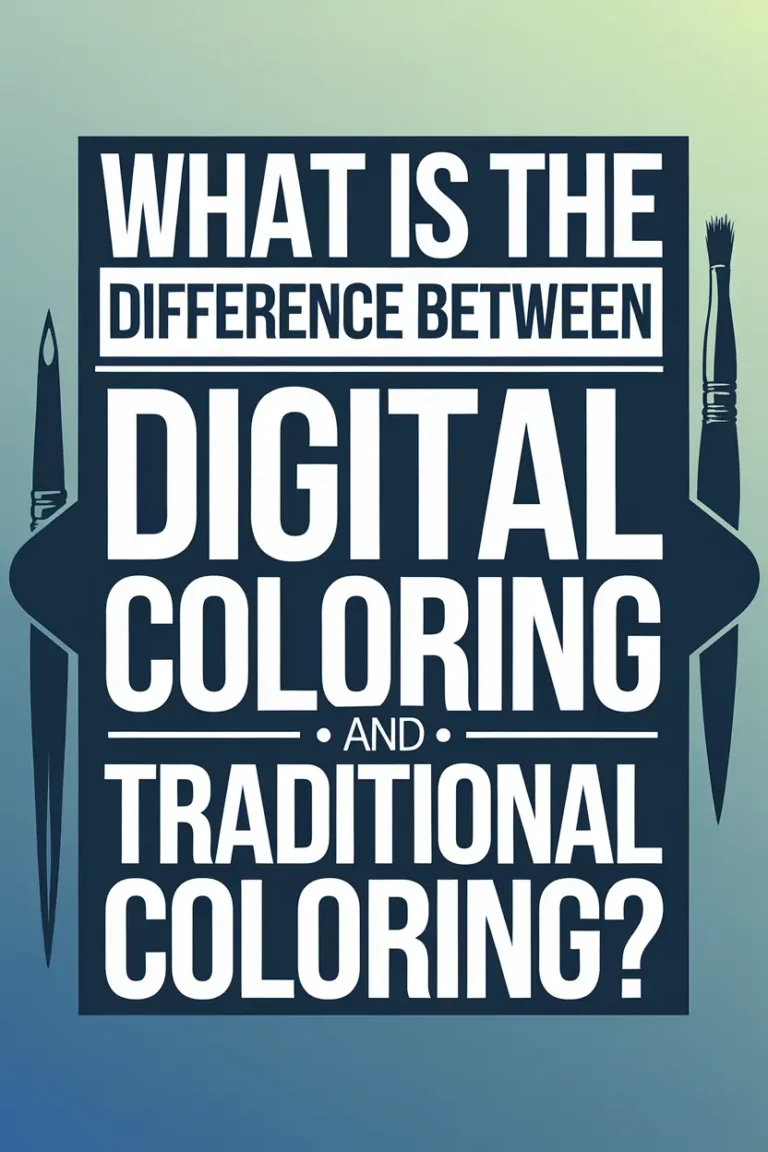The ongoing hustle and bustle of modern life can leave you worried, stressed, and anxious. Various stimuli can also prevent you from focusing on yourself and understanding what is happening around you. For these reasons, it is now more crucial than ever to find the easiest ways possible to stay present and connect to your environment.
Various methods, including observation, meditation, and focused breathing, can help you attune to your inner self. However, since all these may be challenging to achieve as a beginner, the easiest way to switch to the present moment is through mindful activities such as coloring. So, how can you achieve mental calmness through coloring? Here is a look at how art helps you stay present and focused.
What is Mindfulness?
Mindfulness, or sampajanna in Pali, is a state of sustained and alert awareness resulting from focusing on the present. When used as a noun, mindfulness means a state of mind or clear comprehension. When used as a verb, mindfulness means being gentle and nurturing awareness of your emotions, thoughts, and bodily sensations.
Mindfulness has its roots in ancient Chinese medicine. However, it has recently been integrated into modern therapies to alleviate various psychological and physiological conditions. Attaining mindfulness also starts with understanding its three key elements:
- Intention – how you use your heart as your compass in directing and reflecting on your most profound goals.
- Attention – grounding your mind on the present activity.
- Attitude – paying attention to your present activity with compassion and curiosity.
A Link Between Mindfulness and Creativity
From the elements above, achieving mindfulness starts with stepping outside the negative stimuli and feeding your mind with positive reactive impulses and emotions. Various studies also suggest that practicing mindfulness is an effective method to deal with stress, anxiety, and depression symptoms. It also promotes self-regulated behavior and emotional, cognitive, and interpersonal functioning.
These psychological impacts can also be seen in creativity. For instance, like mindfulness, creativity encourages a state of alert and focused relaxation by paying deliberate attention to internal and external sensations. A creative process also has four stages that involve conscious and unconscious thinking:
- Preparation – investigating the problem consciously using imaginative, divergent thinking and generating creative solutions.
- Incubation – an idle stage where you are not consciously thinking about the problem (unconscious thinking).
- Illumination – a stage during which you realize or discover the creative solution through inspiration or comprehension (“aha” moment).
- Verification – a stage during which you test and evaluate your solution. In adult coloring, this is the moment you start drawing, painting, or shading your designs.
In most cases, mindfulness influences all the creative stages and vice versa. For instance, practicing mindfulness reduces the fear of judgment, which is crucial in creativity. Conversely, creative thinking promotes open-mindedness and self-awareness, which enhances mindfulness.
What is Mindful Coloring?
The easiest informal way to achieve mindfulness is to pay attention to what is happening in your present moment with utmost curiosity, openness, and acceptance. With so many activities happening around you, you can enhance your focus by engaging with the arts. One phenomenon that has gained increased popularity is mindful coloring.
Mindful coloring is bringing awareness into the present moment by consciously focusing on colors and designs. Unlike formal practices such as focused breathing and meditation, mindful coloring allows you to focus on the pencil, designs, or color shades on the sheet and the feeling that runs through your body as you edit the designs (self-judgment).
Mindful coloring allows you to withdraw all the past thoughts and future fears and focus on the present activity, coloring. Moreover, unlike kids’ coloring, adult mindful coloring sheets or books are often abstract, require more hand skills, and contain calming illustrations that demand deliberate attention to achieve desired outcomes. The primary concept of mindful coloring is that it allows you to engage in an activity that disregards and suspends the flow of negative thoughts.
How Mindful Coloring Helps You Stay Present and Focused
Mindfulness significantly calms the amygdala, the part of the brain that processes stress and fear. This reduces overactivity in the stress-linked areas and stimulates relaxation and creativity-linked areas. On the other hand, engaging in creative activities like coloring stimulates the prefrontal cortex, the part of the brain responsible for problem-solving, planning, and emotional regulation.
Combining mindfulness and coloring, mainly through coloring mandalas, has proven to amplify the positive effects by shifting the brain from a fight-or-flight response to a more restful state. The overall mental calmness and improved focus also result from other impacts of mindful coloring, including:
1. Stress and Anxiety Reduction
Studies show that coloring complex shapes and patterns can reduce stress and anxiety after just 20 minutes. That is because the activity pulls your mind away from stressful thoughts and into the present moment, lowering the cortisol levels in the brain. Repetitive mindful coloring also encourages you to focus on the task, relieving you of any negative thoughts and making you feel soothed. These moments of stress relief are crucial in improving your overall well-being and calmness.
2. Promoting a Meditative State
Mindful coloring occupies the logical part of the brain, freeing you from worries and other to-do lists. It also helps you find your inner calm by directing your attention to the present activity. As a result, you can easily switch into a meditative state, a moment when your mind is focused and relaxed.
3. Promotes Digital Detox and Enhances Sleep
Mindful coloring can be an effective way to avoid your phone, computer, or television. It gives you a refreshing opportunity to enjoy a screen-free creative activity and protects your eyes from the harsh blue light of your digital devices. By replacing digital devices with mindful coloring books, your body can release more melatonin, a hormone that makes the body feel drowsy. As a result, your circadian rhythms are tuned, leading to better sleep.
4. It Helps in Mood Management
Studies indicate that mindful coloring combined with conventional therapies in patients with generalized anxiety disorder (GAD) could promote mood-enhancement effects and alleviate anxiety and depression symptoms. That is because repetitive mindful coloring encourages the release of dopamine, the feel-good hormone, which creates a positive feedback loop and calming effects. However, mindful coloring should not be considered a replacement for professional mental health treatment. Instead, it should only be regarded as a healthy distraction from negative thoughts to deal with mental health conditions.
Final Thoughts on How Mindful Coloring Helps You Stay Present and Focused
Mindful coloring is a simple yet powerful practice that is much more than a relaxing pastime. The practice tests your calmness, creativity, and clarity. By practicing mindful coloring, you can significantly reduce stress, improve your focus, and enhance your emotional well-being. However, staying present and focused with mindful coloring requires creating and following an effective coloring routine.
